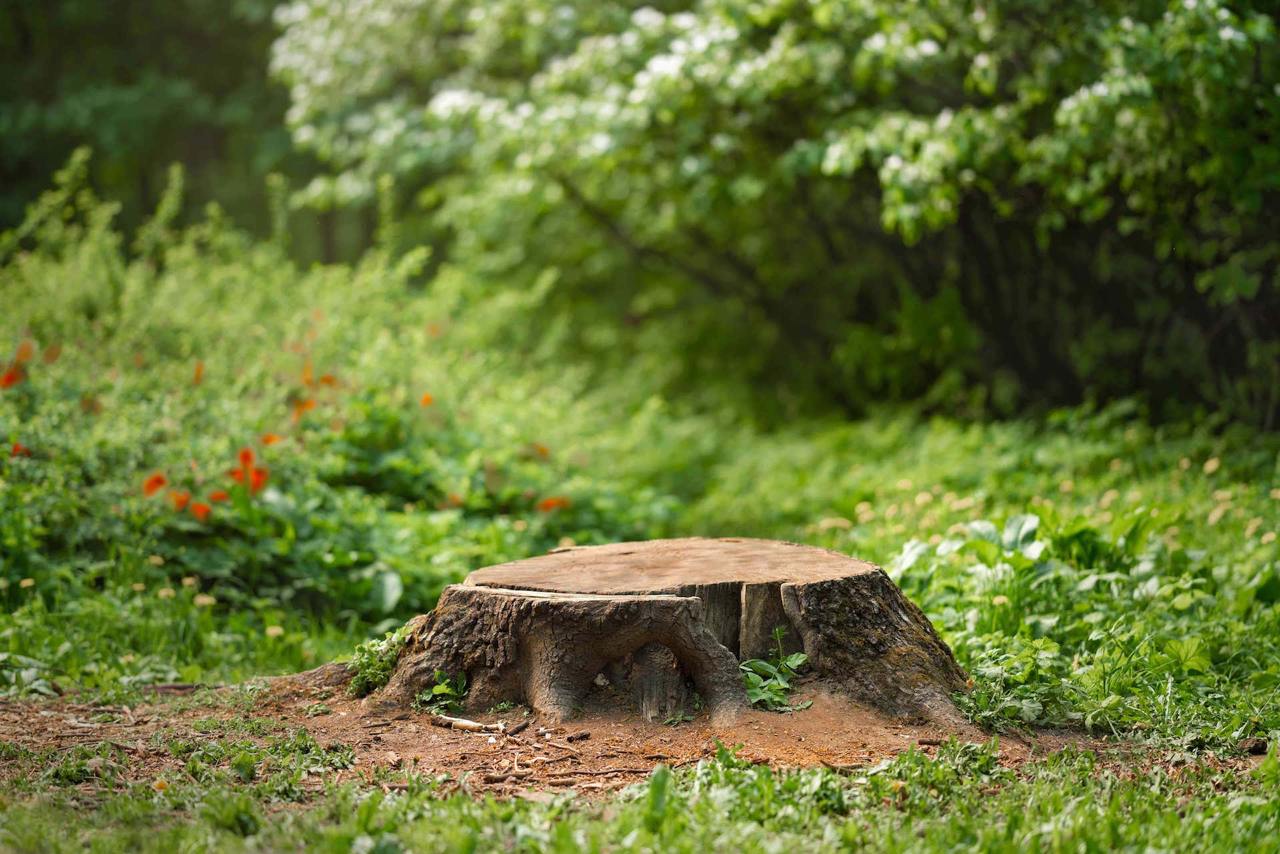
Tree Preservation Techniques: Enhancing Longevity in Urban Landscapes Jun 22, 2025
Tree preservation is not just about maintaining aesthetics; it’s about ensuring the ecological stability of urban landscapes. By adopting effective tree care strategies, cities can enjoy lower energy costs, improved stormwater management, and increased biodiversity. Here’s a closer look at some of the tree preservation techniques that can be employed to extend the life and health of trees in urban areas.
One fundamental technique in tree preservation is proper pruning. Regular pruning ensures trees grow correctly, reduces the risk of fallen branches, and improves overall tree health by allowing more light and air to penetrate the foliage. It is pivotal to prune at the right time and in the right way; otherwise, it can do more harm than good. Correct pruning methods help prevent disease and promote robust growth, securing the tree’s future in urban settings.
Another critical technique is soil management. The urban environment often fails to provide trees with the necessary nutrients due to compacted soils and limited organic matter. Revival Tree Management emphasizes the importance of soil aeration and adding organic matter to improve soil composition and provide the essential nutrients trees need to thrive. This process not only enhances the root system's ability to absorb water and nutrients but also supports healthier and more resilient trees.
Watering also plays a crucial role in tree preservation. Urban trees frequently suffer from either too much or too little water. Implementing a strategic watering schedule is essential, especially during dry spells. Deep watering encourages roots to grow deeper into the soil, fostering stability and resilience. Using mulch around the base of the tree helps retain moisture and regulate soil temperature, further protecting these valuable urban resources.
Protection from physical damage is another important aspect of tree preservation. Trees in urban areas are susceptible to damage from construction, vehicles, and vandalism. Installing physical barriers or protective coverings can mitigate these risks, allowing trees to mature without undue stress. Additionally, identifying and removing invasive species can prevent competition for resources such as water, light, and nutrients, giving urban trees a better chance to flourish.
Education and community involvement are essential in tree preservation efforts. At Revival Tree Management, we encourage local communities to engage in tree care activities and learn about the benefits of urban forestry. Community involvement not only raises awareness about the importance of tree preservation but also instills a sense of ownership and responsibility for these vital natural assets.
In conclusion, tree preservation in urban landscapes is crucial to maintaining ecological balance and enhancing the quality of life. By integrating proper pruning, soil management, strategic watering, and protection from damage, we can ensure our urban trees continue to provide essential benefits for generations to come. Revival Tree Management is committed to implementing these preservation techniques, ensuring that urban environments remain healthy, vibrant, and green.
/filters:no_upscale()/filters:format(webp)/media/05d9125c-9cf6-4570-ad5b-6e9a2642e560.jpeg)